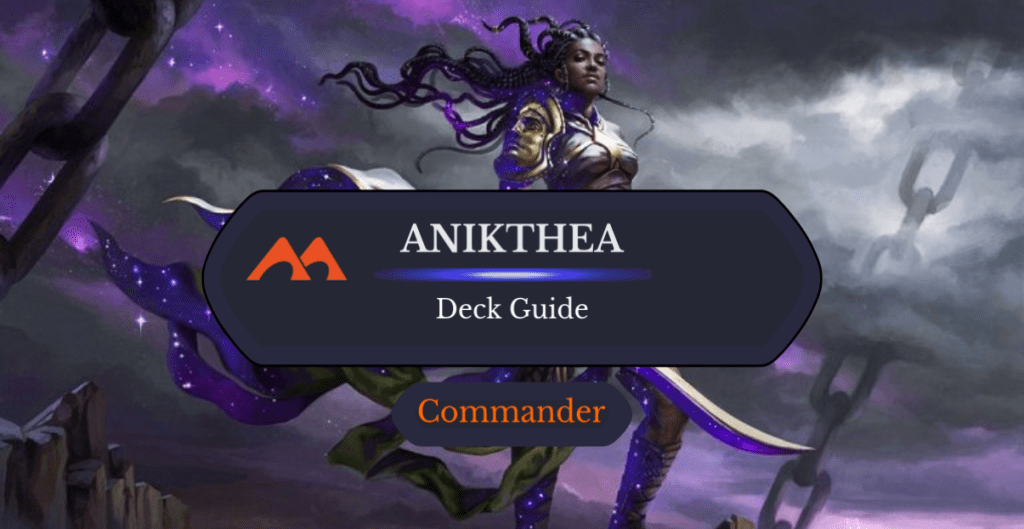
Anikthea, Hand of Erebos | Illustration by Magali Villeneuve
Back in 2013, during Born of the Gods and Journey into Nyx Standard, I had just assembled a cheap pile of jank that I was calling “Junk enchantments” (we wouldn’t learn the word Abzan for another year or so). Junk Enchantments was a goofy deck I built because I pulled four copies of Grim Guardian and Underworld Coinsmith that year, really liked the art, and decided to give WotC’s latest build-around ability a go. It was a colossal failure. It wasn’t that G/W/B didn’t have any good cards, it's just that none of the enchantment creatures and constellation cards were good. Even now, you hardly see those cards show up in 100-card enchantment-themed decks.
Anikthea, Hand of Erebos is the first Commander (in my opinion) to give a home to all those wonky constellation enchantments from the original Theros block, while also being a cool color combo for some stax effects. Let’s take a look at what makes Anikthea unique to Abzan commanders!
The Deck
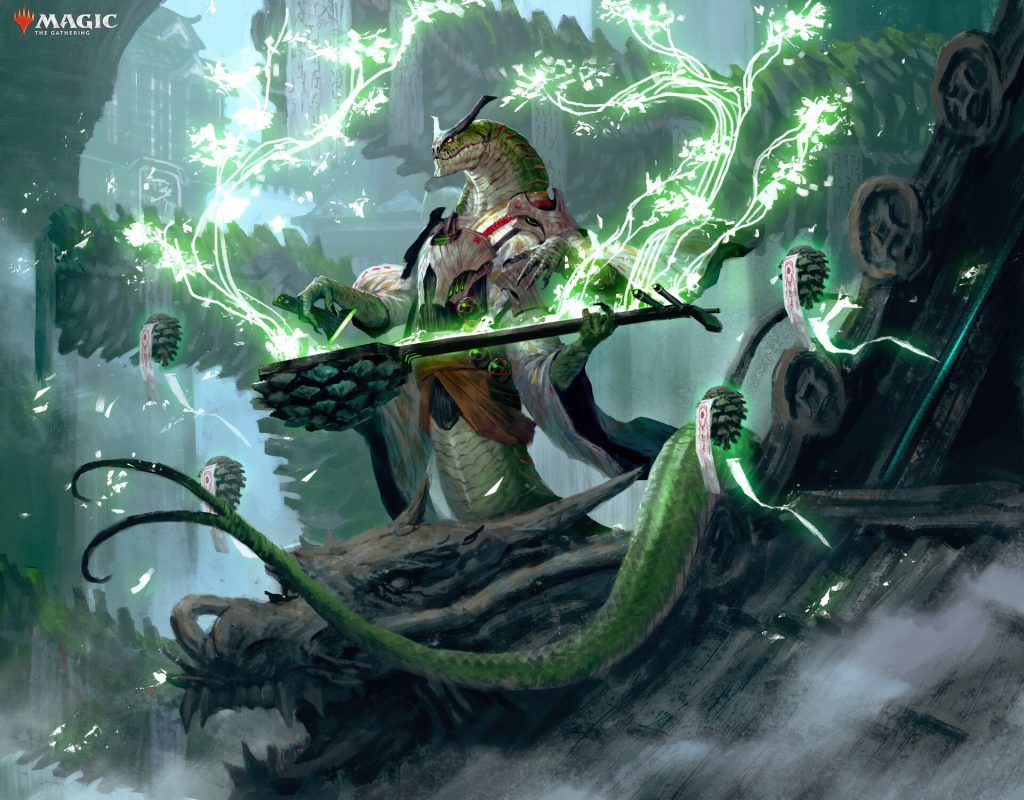
Weaver of Harmony | Illustration by Tuan Duong Chu
Commander (1)
Creature (24)
Auratog
Composer of Spring
Destiny Spinner
Faith Healer
Femeref Enchantress
Herald of the Pantheon
Sanctum Weaver
Sythis, Harvest's Hand
Weaver of Harmony
Courser of Kruphix
Dryad of the Ilysian Grove
Grim Guardian
Nyx Weaver
Setessan Champion
Agent of Erebos
Archon of Sun's Grace
Eidolon of Blossoms
Erebos, God of the Dead
Heliod, God of the Sun
Doomwake Giant
Ondu Spiritdancer
Demon of Fate's Design
Humbler of Mortals
Nylea's Colossus
Sorcery (4)
Rampant Growth
Idyllic Tutor
Kodama's Reach
Extinguish All Hope
Instant (3)
Druid's Deliverance
Sundering Growth
Rootborn Defenses
Artifact (4)
Sol Ring
Arcane Signet
Bow of Nylea
Whip of Erebos
Enchantment (29)
Ethereal Armor
Font of Fertility
Reconnaissance
Khalni Heart Expedition
Sterling Grove
Stony Silence
The Birth of Meletis
Aura Shards
Battle for Bretagard
Grasp of Fate
Omen of the Hunt
Three Blind Mice
Tymaret Calls the Dead
Binding the Old Gods
Growing Ranks
Hallowed Haunting
No Mercy
Parallel Lives
Boon of the Spirit Realm
Dictate of Erebos
Doubling Season
Mirari's Wake
Sphere of Safety
Starfield of Nyx
The Eldest Reborn
Battle at the Helvault
Song of the Worldsoul
Cacophony Unleashed
Legion Loyalty
Land (35)
Command Tower
Forest x13
Golgari Rot Farm
Hall of Heliod's Generosity
Lush Portico
Orzhov Basilica
Plains x6
Rogue's Passage
Sandsteppe Citadel
Selesnya Sanctuary
Shadowy Backstreet
Swamp x6
Underground Mortuary
This Anikthea, Hand of Erebos deck is a mid-power value engine that tests how much enchantment removal your opponents are running. Even against a deck full of Naturalizes and Disenchants, Anikthea’s ability to return those enchantments as creature tokens (which we can then populate!) means they’ll have only further sealed their fates.
The Commander

Anikthea, Hand of Erebos is a unique commander from Commander Masters. Anikthea was the “face card” for the Enduring Enchantments precon deck, a deck based around, you guessed it, casting and recurring enchantments. Besides Anikthea, Enduring Enchantments and Commander Masters more broadly gave us access to some of the lynchpin cards holding Abzan enchantment-themed decks together.
Obviously, having a WBG creature that cares about enchantments in the command zone was a huge part of the puzzle. Anikthea blends the three colors to meet players in the middle between being a combo deck, a stax deck, a reanimator deck and a tokens deck. Here, we’ll use Anikthea as a toolbox-ish card that we break out in the mid-to-late-game once our graveyard is full of enchantments to reanimate. Those zombies come back as formidable 3/3s, and they’ll quickly scale up in strength thanks to our handful of anthems and Anikthea’s own menace anthem. All the while, our constellation cards will trigger to ping life, draw us cards, or generate tokens as a reward for simply playing our deck.
Stars and Heavens
The constellation cards were my favorites from the original Theros block, and I mean it. Our deck makes use of the best (and arguably worst) from that time. Many of these creatures have the added benefit of carrying the enchantment type as well, giving them instant benefits from Anikthea, Hand of Erebos when it hits the field.
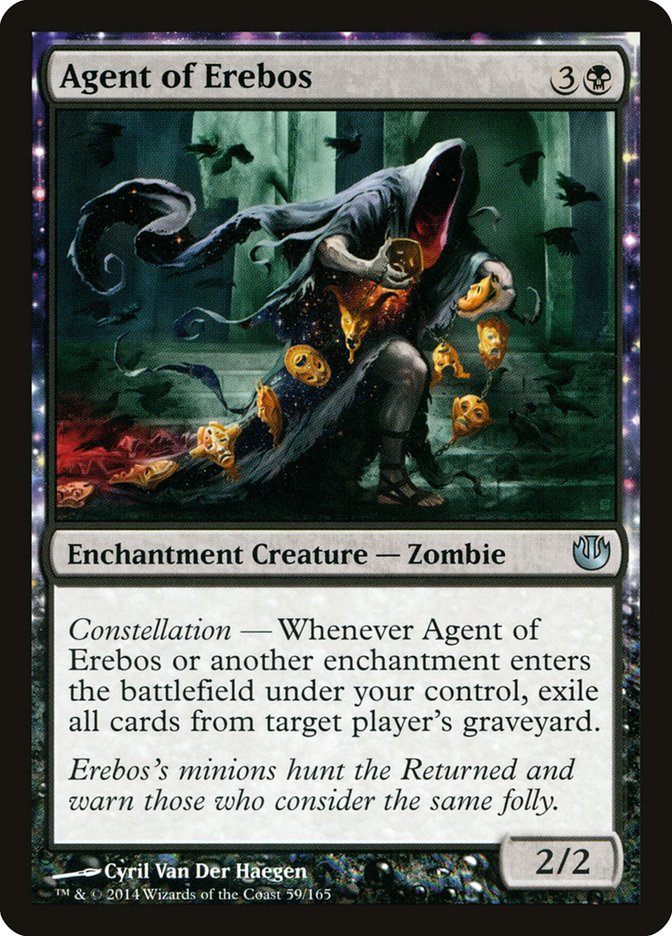
Agent of Erebos should probably be in every enchantment-themed deck. A free Bojuka Bog on every ETB provides amazing graveyard hate, especially in a heavily graveyard-reliant format such as EDH.

Grim Guardian is another of my favorites from this time. It’s an overcosted anti-soul sister with a body that survives Lightning Bolts. It sucks so much, but I’ll never let it go. It’s just about the only enchantment-based life-loss pinger in the game, not counting Underworld Coinsmith, who requires way too much mana to be useful.

Eidolon of Blossoms is probably the best constellation creature from their original run in 2013, but really it’s just an additional Enchantress effect. Drawing more cards will always be important, though.
Other classics like Doomwake Giant and Humbler of Mortals are here, too. Doomwake Giant has seen a bit of a resurgence in recent years, as folks have realized it's actually very easy to play something like three or four enchantments in a single turn, resulting in a repeatable one-sided board wipe. Humbler of Mortals has a more niche use, being our only trample-enabler on the army of zombie tokens Anikthea creates.
Over the years, the Magic R&D gods have gifted us with a smattering of new, playable constellation creatures. One of my favorites comes from the Commander 2018 decks: Nylea's Colossus. Besides being the heavy top-end enchantment creature this deck calls for, it’s also got one of the better (read: only) power-boosting effects on a constellation body. The all-new Commander Masters basically-built-for-Anikthea constellation card is Demon of Fate's Design. It’s both a sacrifice outlet that helps drop our enchantments in the graveyard (ready to come back as 3/3 zombies), a “free” enchantment spell each turn, and a 6/6 flying trampler.
Rounding out our constellation creatures are a few of the better ones from Theros Beyond Death. Archon of Sun's Grace and Setessan Champion will generate great value over the course of the game if they can hit the field early.
Grave Enchantress
The enchantress archetype has been around since Magic’s early years, taking its name from Verduran Enchantress. Our deck takes that basic enchantress play pattern (replacing spells in your hand with draws) and flips it into the graveyard by garnering advantage from wherever that enchantment comes from.
Our enchantress effects are spread between two creatures; Sythis, Harvest's Hand for entering the battlefield and Femeref Enchantress on the way out.
Besides those, Destiny Spinner and Nyx Weaver can keep our enchantment spells safe from counterspells and passively fill our ‘yard, respectively, and Nyx Weaver can even Restock us in a pinch (in response to a Bojuka Bog, perhaps).
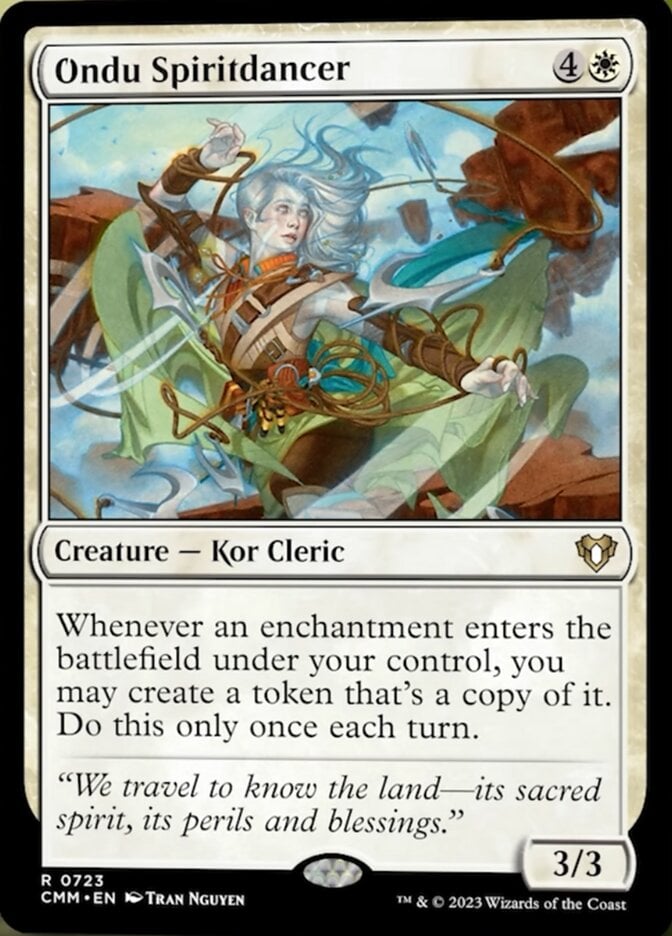
Ondu Spiritdancer is another new card that slots perfectly into an Anikthea, Hand of Erebos deck, making copies of enchantments immediately so we can populate them later on.
Finally, we’ve got two more sacrifice outlets for our enchantments: Auratog for the offensive plays, and Faith Healer for the defensive. Our enchantments can’t become copyable creature tokens until they’ve gone to the graveyard, so we might as well get some value off of them before they die.
Population Growth
One of the more brutal interactions Anikthea enables is the ability to populate the creature token versions of your enchantments. Doubling up on Aura Shards or Mirari's Wake can basically cinch you the game, and this gets even crazier with Doubling Season and/or Parallel Lives on the field.
To that end, we’ve replaced the typical interaction pieces in this deck with their perhaps-suboptimal counterparts: In place of a Naturalize, we’re running Sundering Growth. In place of a Fog and Wrap in Vigor, we’ve got Druid's Deliverance and Rootborn Defenses.
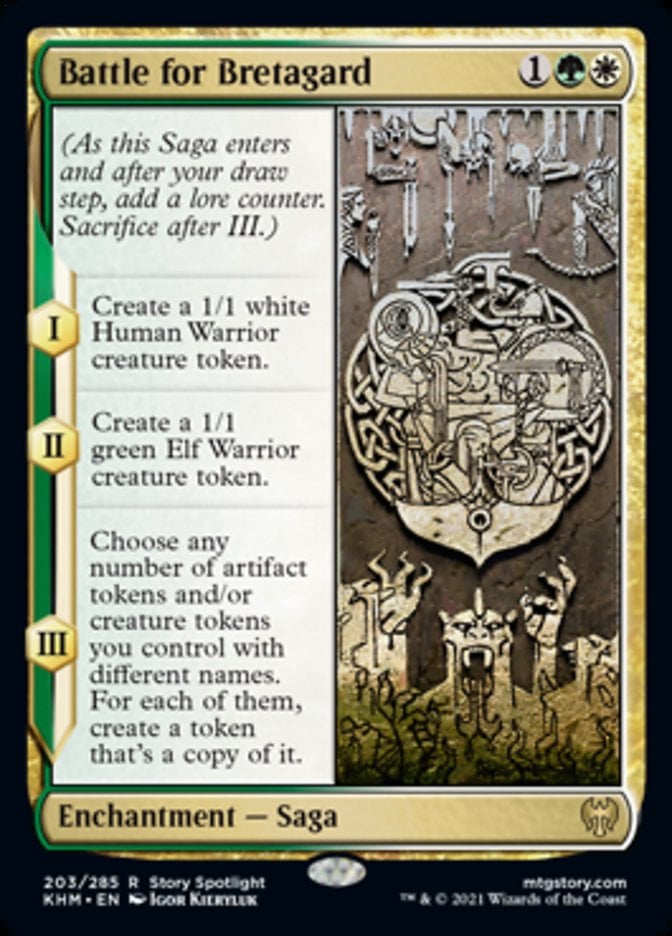
Battle for Bretagard is our secret populate tech. It can even copy itself (once it’s a zombie creature token) when its third ability resolves, resulting in another Battle for Bretagard ready to double our tokens again.
Actual Enchantments
Ok, now for the fun stuff. The actual enchantments you choose to run in an Anikthea deck can vary according to play style and what your local meta looks like, so this deck looks to take a generalized approach that can play into all sorts of enemy archetypes.
Let’s start with the stax effects. You know what people love? Not being able to interact with your board. It saves them so much brain power. Help them along with their decision-making process by locking down your board with Sterling Grove, Dictate of Erebos, No Mercy and Sphere of Safety. Stony Silence is a really funny card to stick to the field, too; go ahead and shut off everyone’s mana rocks as early as you can, they don’t need them anyway.
Next, we’ve got a ton of removal in enchantment form. Grasp of Fate is the new hotness as far as Oblivion Ring effects go, so much so that we don’t even need an Oblivion Ring anymore. Aura Shards, Binding the Old Gods, and Battle at the Helvault all blow up our opponents’ permanents, ensuring we’re the only enchantment deck around.
3/3 zombies are intimidating, but we can make them truly terrifying with our arsenal of anthems. Besides Anikthea’s menace-anthem, we’ve also got Boon of the Spirit Realm, Weaver of Harmony, and Mirari's Wake for a power boost, plus flying and vigilance from Hallowed Haunting. Our big bomb is Legion Loyalty, effectively tripling our board state when we still have all of our opponents, potentially triggering a mountain of constellation effects as the myriad resolves. Starfield of Nyx will also usually supe-up our enchantment creatures with its effect; more on this later, though.
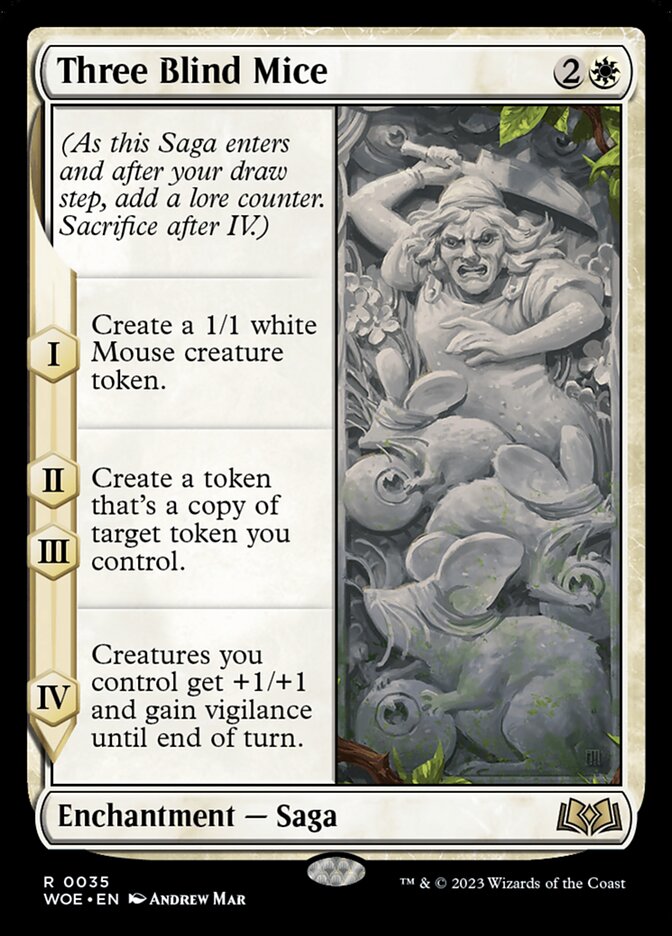
Finally, sagas go hand in hand with Anikthea since they’ll sacrifice themselves once they’re completed, ready to be returned and populated with Anikthea. Any of the aforementioned sagas are great value when returned, but Three Blind Mice is one of our best, for reasons I’ll explain later.
The Mana Base
Running three colors in a 100-card deck can be intimidating, but don’t worry! We have access to green ramp, so there’s no reason we shouldn’t have the perfect mana base each game. In an attempt to play into our enchantment theme, we’re running more enchantment-based ramp than you’re used to. Rampant Growth and Kodama's Reach make up our only non-permanent ramp, with Sol Ring and Arcane Signet as our only non-enchantment mana rocks.
Three key enchantment creatures help smooth out our mana base: Dryad of the Ilysian Grove fixes our mana immediately and gets an extra land drop each turn, which combos very well with Courser of Kruphix’s ability to pick lands off the top of our library. Instead of the traditional mana dork, we’ve got the slower, 2-mana Sanctum Weaver, which should put up substantial returns over the course of a game.
In addition, we’ve got some enchantment-ramp spells to fetch lands from our library: Font of Fertility, Omen of the Hunt, and Khalni Heart Expedition are a little slow comparatively, but being able to recur them later with Anikthea means we should keep up with other green decks’ ramp.
All told, we’re running 35 lands total – the only notable inclusions being the cycle of surveil lands in our colors from Murders at Karlov Manor.
The Strategy
This Anikthea, Hand of Erebos deck splits the difference between a staxxy control deck and a go-wide token deck. We’ll use some punishing enchantments to lock down our board before recurring them for extra value with Anikthea, all while we swing in for a moderate amount of damage each turn.
Obviously, great hands to keep will include ramp spells and the lands to play them. Khalni Heart Expedition, Font of Fertility, and Sanctum Weaver are all keepers. You should also be on the lookout for enchantress effects like Eidolon of Blossoms and Sythis, Harvest's Hand.
Early game for Anikthea looks like prepping your battlecruiser for combat. There aren’t many super-flashy haymakers you can throw before turn 5, so lean into defending yourself with No Mercy, Sphere of Safety, and Sterling Grove. Don’t be afraid to burn a tutor to search up Stony Silence or Aura Shards if you’re being oppressed by that artifact deck.
Turns 4-7 will usually see Anikthea, Hand of Erebos hit the field for the first time. It’s important to already have enchantments in your graveyard before you cast your commander, otherwise their first ability just fizzles and we’ve just paid 5 mana for a 4/4 that won’t do anything for at least another turn. You can put those enchantments there with Auratog and Faith Healer while Anikthea’s on the stack, even if you’re scared to lose them beforehand. You’ll want to trigger your commander at least once each turn, so use Reconnaissance to attack with Anikthea without losing them during combat.
Ending the game with Anikthea can go a few different ways. The simplest is to just amass an army of enchantment zombie creatures and go to town. Song of the Worldsoul and Growing Ranks can quickly take your board out of hand, especially with Boon of the Spirit Realm in play as well. Anikthea’s built-in evasion means your board is hard to block, and the top end of our mana curve is full of some big threats. Alternatively, Starfield of Nyx turns most of our zombie enchantments into slightly stronger versions.
Your other option is to go infinite with a hilarious combo. Anikthea, Hand of Erebos, a Doubling Season, and a Three Blind Mice can combo to go infinite fairly easily, and close out a game with a Grim Guardian in play. We’ll cover this in-depth in the next section.
Combos and Interactions
There are two sort-of difficult interactions we should call out here. The first is the weird interaction between Starfield of Nyx and Anikthea, Hand of Erebos. Without getting too “in the weeds” about layers and timing and replacement effects, you should know that Starfield of Nyx will change the 3/3 zombie enchantment tokens’ power and toughness to their converted mana cost, since it’s applied later than Anikthea’s effect that sets their stats to 3/3.
The second is an infinite combo that we can use to win the game. To execute the combo, we need Anikthea, Hand of Erebos in our hand or command zone, Three Blind Mice in the graveyard, and Doubling Season on the field. First, we cast Anikthea, triggering its ability and exiling Three Blind Mice from our graveyard. Doubling Season gets us two 3/3 zombie Three Blind Mice tokens instead of the usual one, and makes them enter with two lore counters each. This puts both their first and second chapter abilities onto the stack. We resolve the first pair of triggers, creating four 1/1 Mouse tokens (one per saga, times two because of Doubling Season). Then we resolve their second chapters, targeting not the mice but themselves (since they’re now creature tokens), getting us copies of the Three Blind Mice zombie enchantment creature token. Repeat ad infinitum, add a Grim Guardian to ping your opponents’ life totals down in the meantime, or just throw all of those copy triggers on Nylea's Colossus and go to town.
Rule 0 Violation Check
This is a middling power Commander deck. While enchantments can be difficult to remove, this deck folds to any player that’s quick enough with their targeted removal and graveyard hate. One well-timed Bojuka Bog can sink this deck, so I can’t see any players finding it particularly salty. Maybe swap out the infinite combo if your playgroup isn’t into that.
Budget Options
This Anikthea, Hand of Erebos deck costs about $272 for its cheapest printings. That’s a little steep to purchase all at once, so let’s take a look at some budget options to bring the price down.
The easiest cut to make is Doubling Season. Cutting this powerful enchantment removes our combo, but we'll still see the token-doubling advantages through our Parallel Lives, which is usually more than enough. Replace it with any other enchantment you’d like to see two copies of, like Sigil of the Empty Throne or City of Death.
Besides Doubling Season, Femeref Enchantress can be replaced with any other cheaper enchantress effect like Mesa Enchantress.
Other Builds
This Anikthea deck is playing a mix of stax, constellation, and populate effects to make the most out of a bunch of different enchantment effects. However, Anikthea can be focused down into any of these themes for a much more consistent play pattern. Replacing all of our constellation creatures with more punishing enchantments like Aura of Silence, Smothering Tithe, Oppression, Deafening Silence, and Nevermore surprises your opponents with a defensive wall of enchantments that you can turn into 3/3 zombies at will.
Wrap Up

Auratog | Illustration by Jeff Miracola
Anikthea, Hand of Erebos is one of a unique semi-cycle of Abzan legendaries that are pushing into the enchantments theme. Myrkul, Lord of Bones comes to mind as a sort of inverse Anikthea, with both commanders tying the enchantress theme of green and white with the graveyard synergy of black. In typical Abzan fashion, each is its own value engine that’s guaranteed to do something as soon as it hits the field, and they start to combo off if you sneeze too hard. I, for one, am excited for Wizards to push more enchantment themes in the green-white-black color identity.
What are your favorite Abzan enchantments? Should Anikthea be built as a stax commander, or as a populate commander? And what do you hope to see for future Abzan enchantment builds? Let me know in the comments, or over on Draftsim’s X or Discord server!
Thanks for reading, stay staxin’!
Follow Draftsim for awesome articles and set updates:
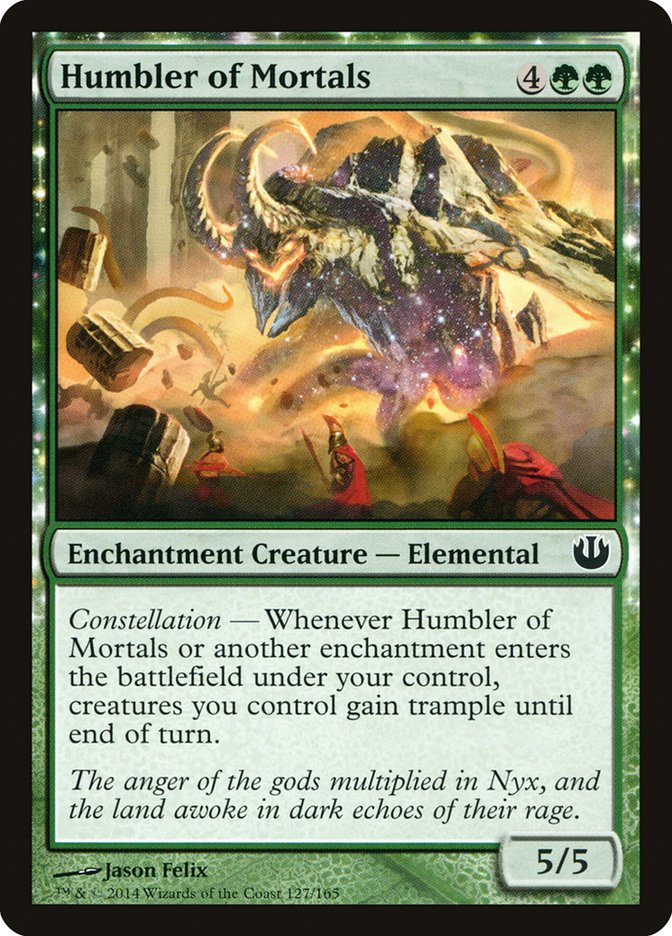
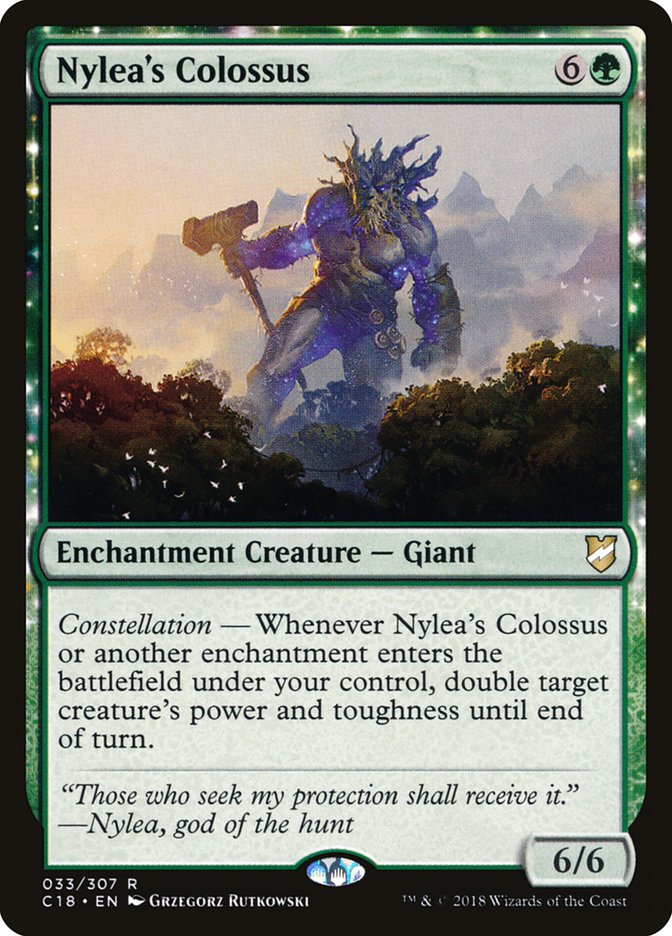
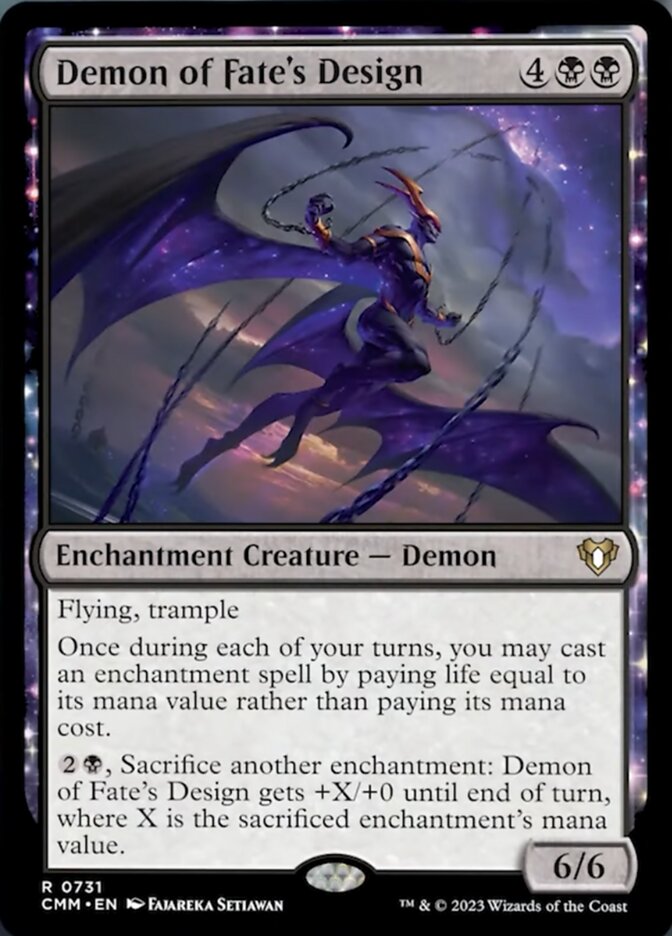
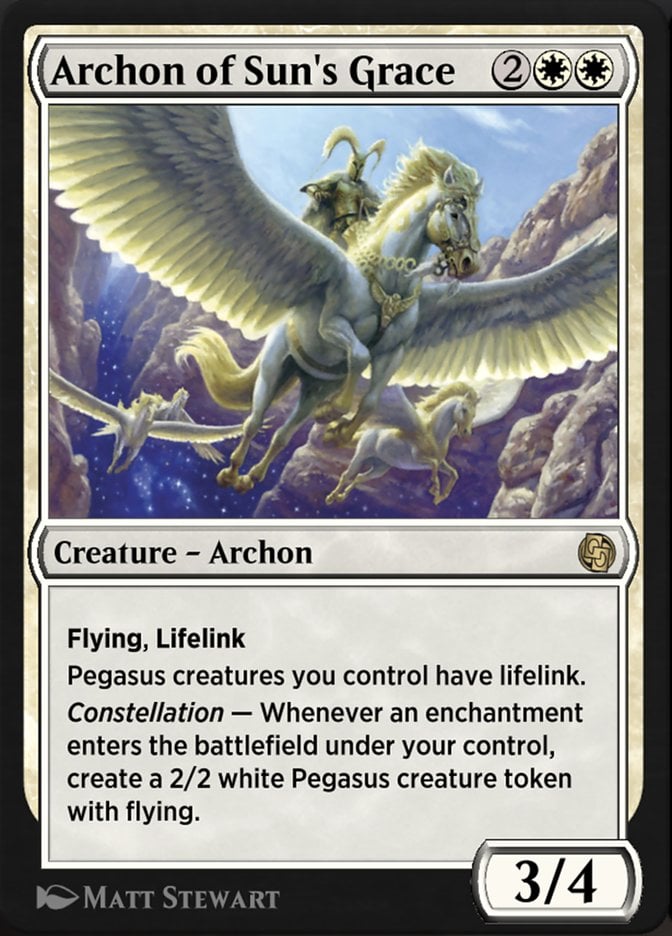


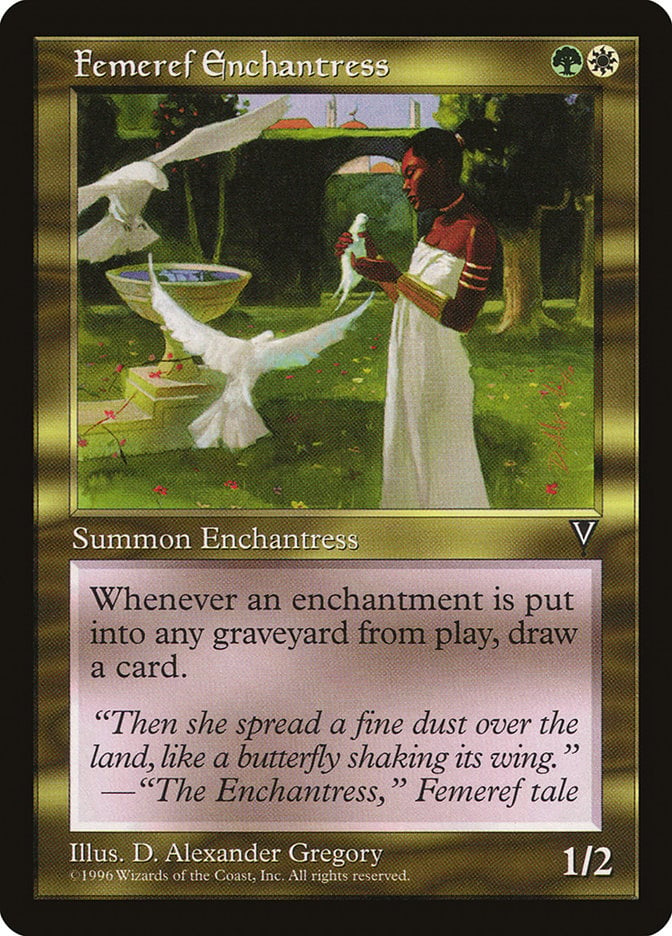




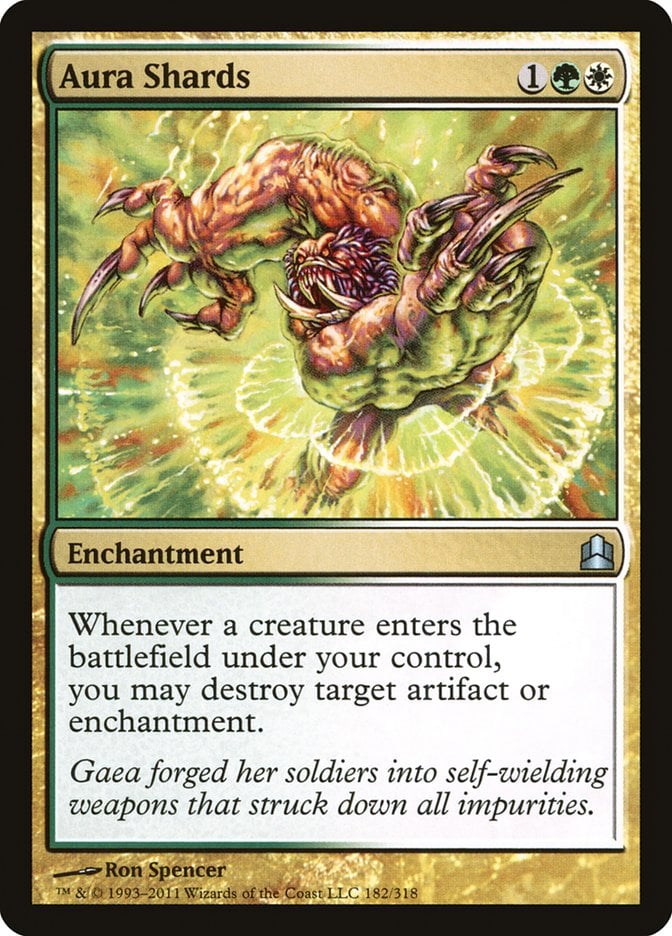
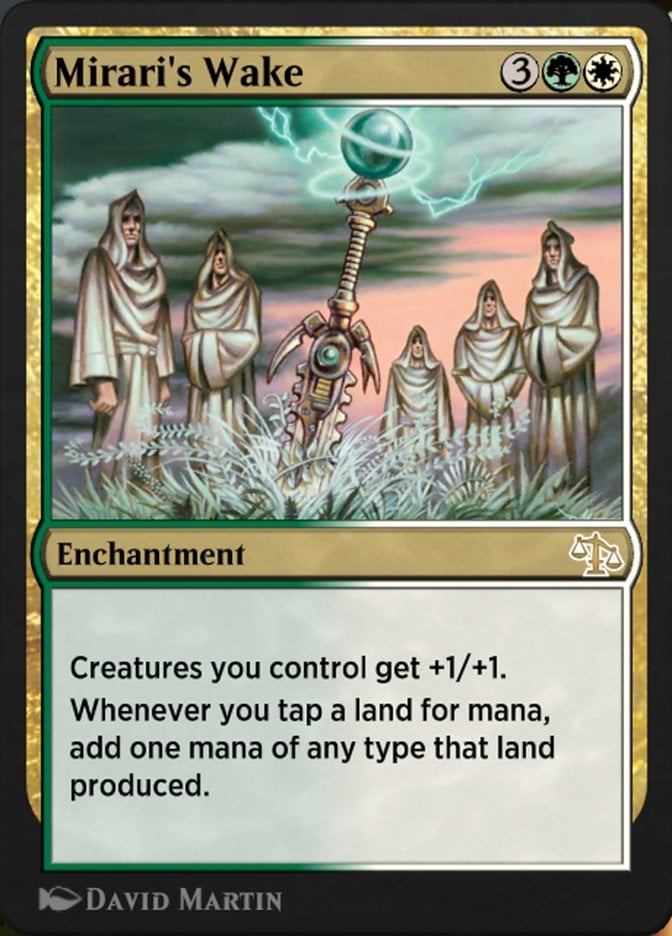

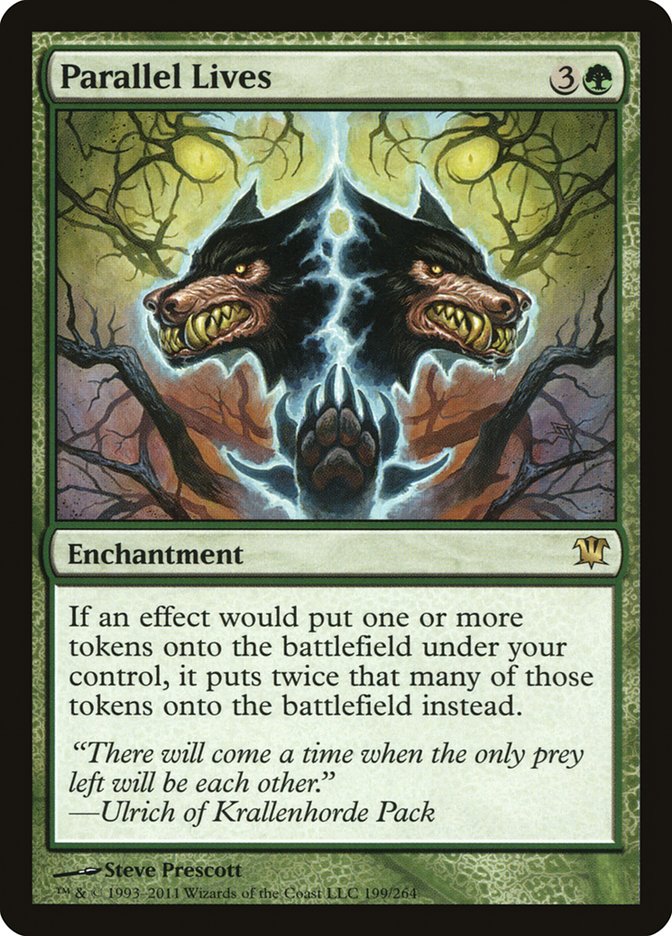


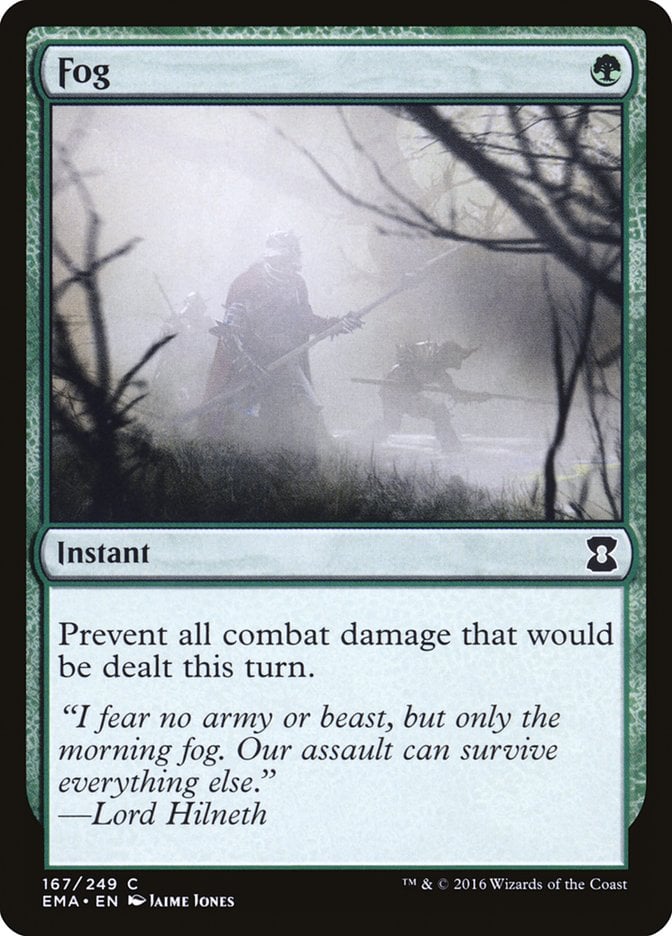
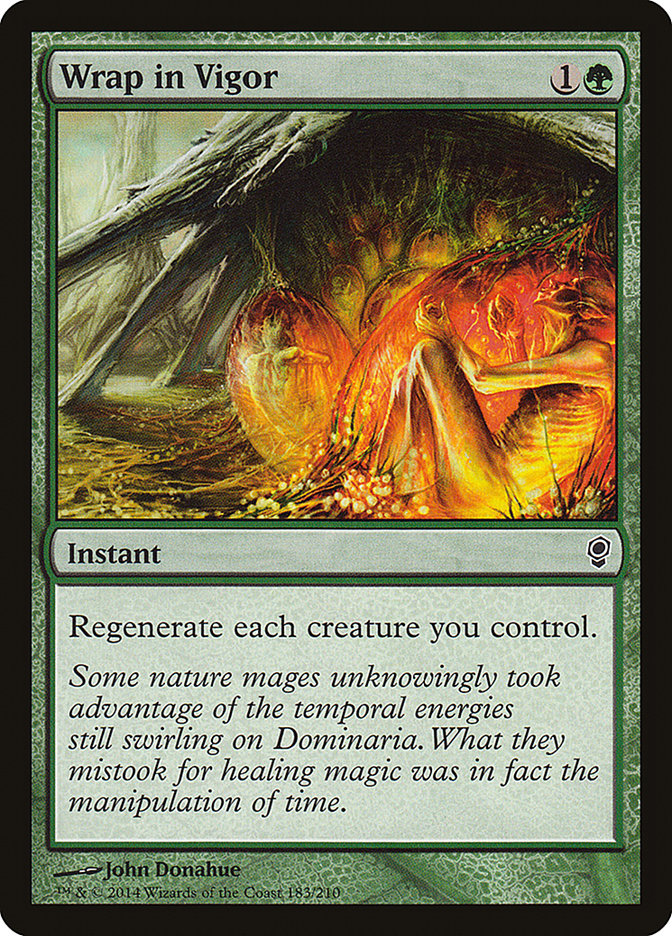
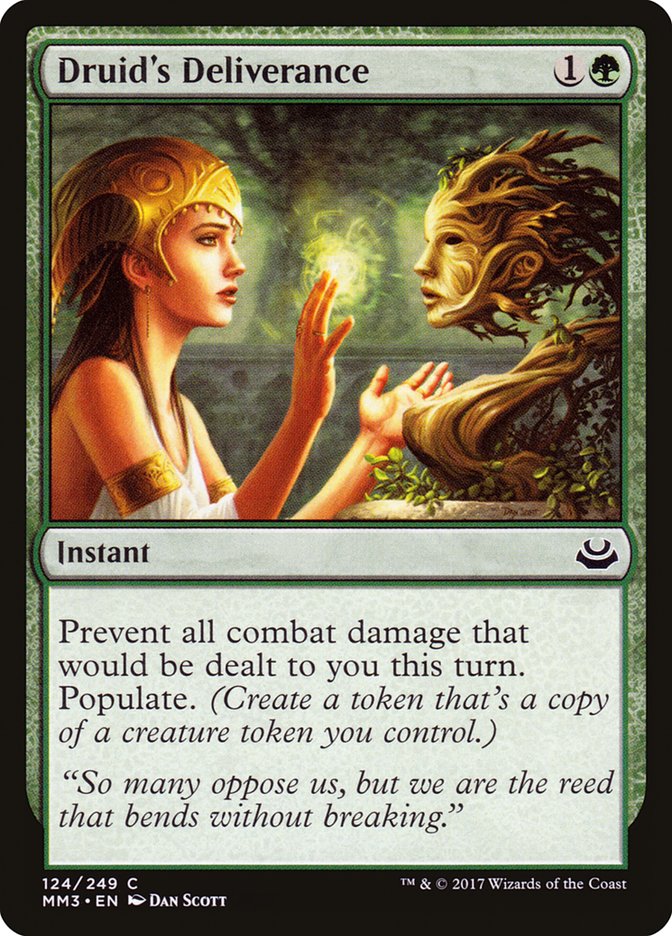
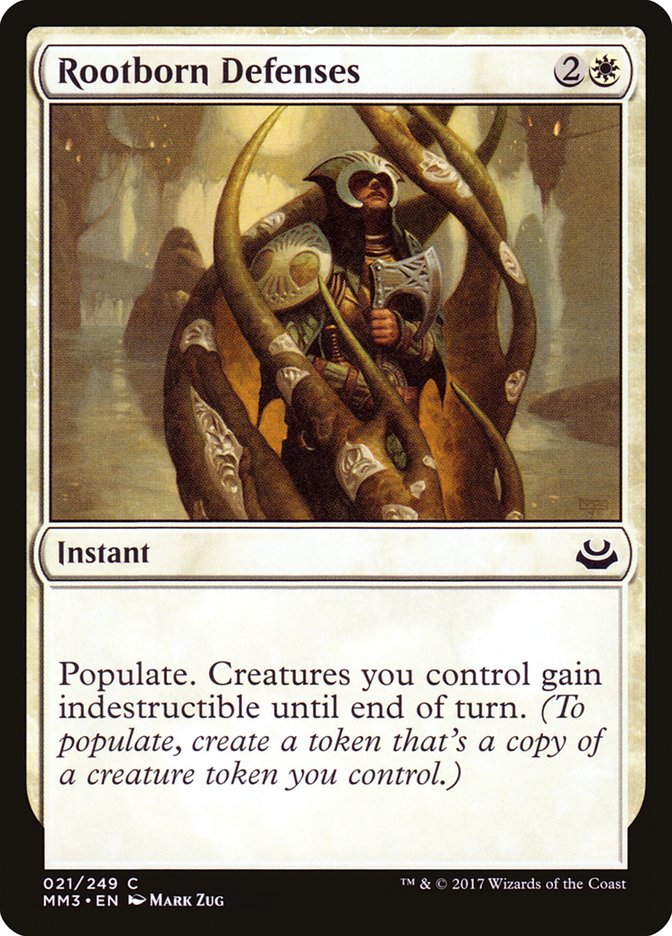
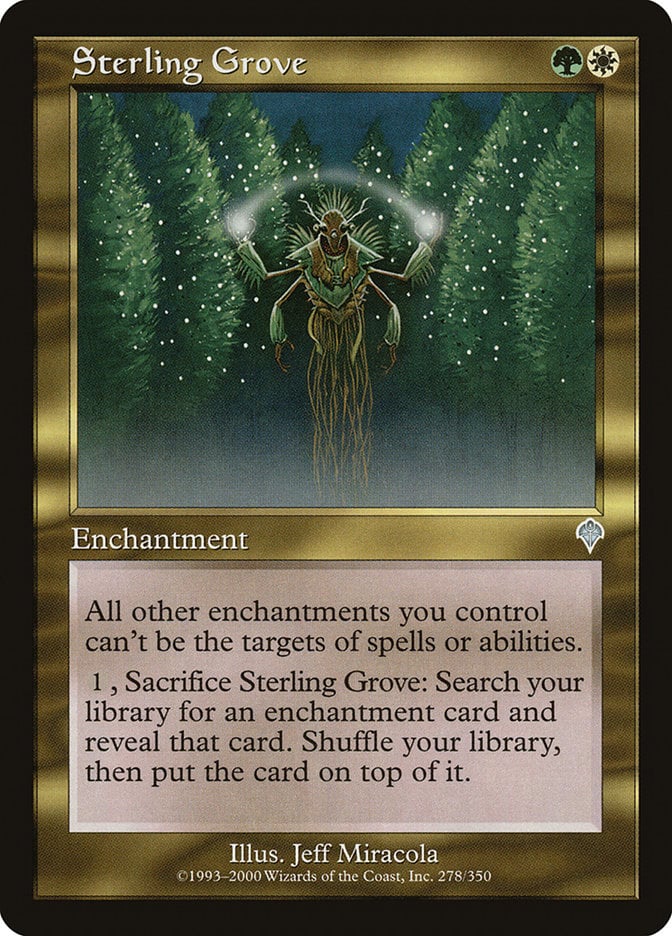

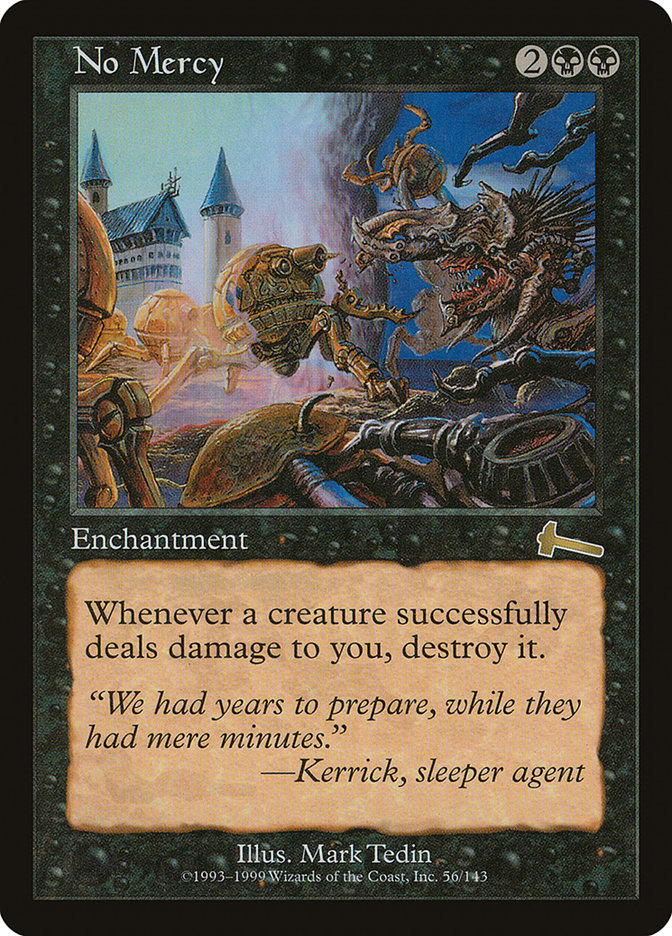
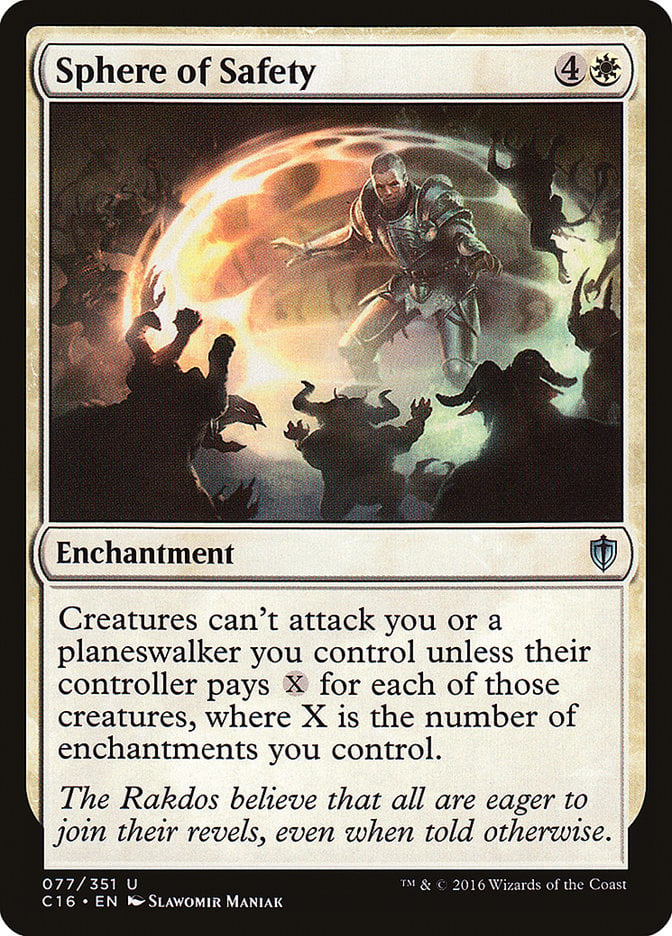
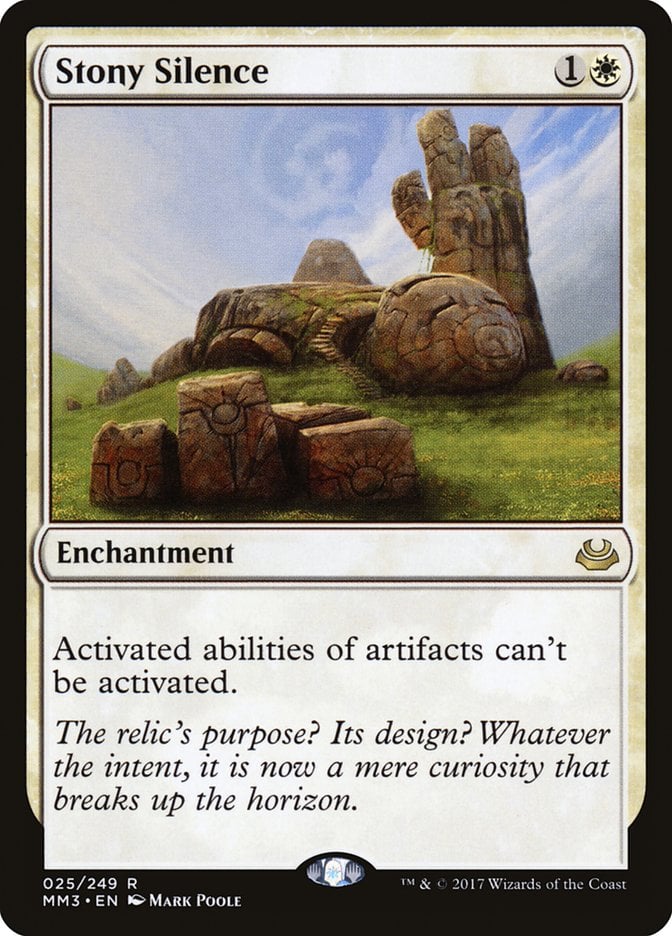

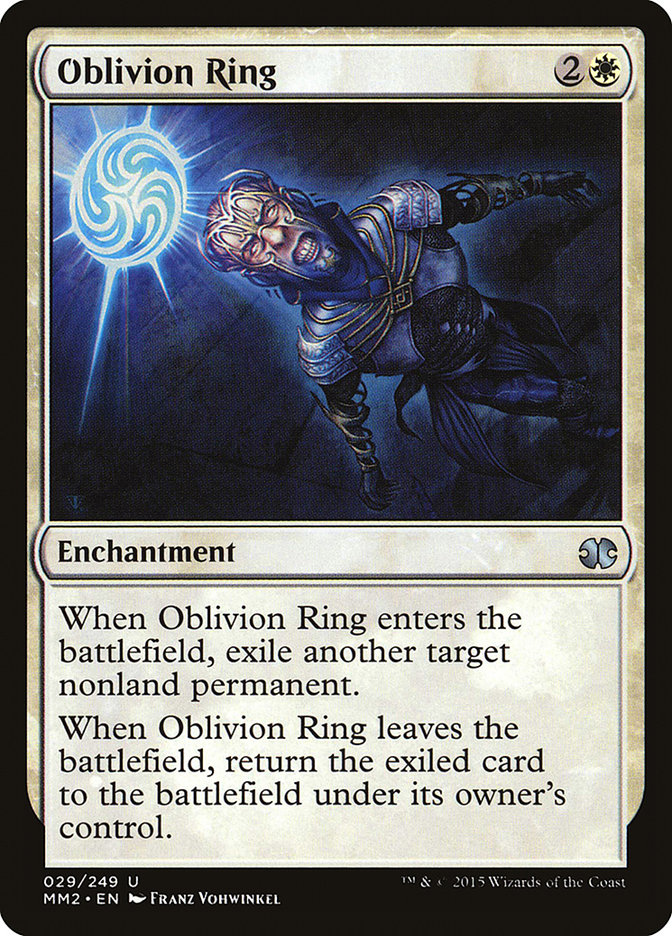



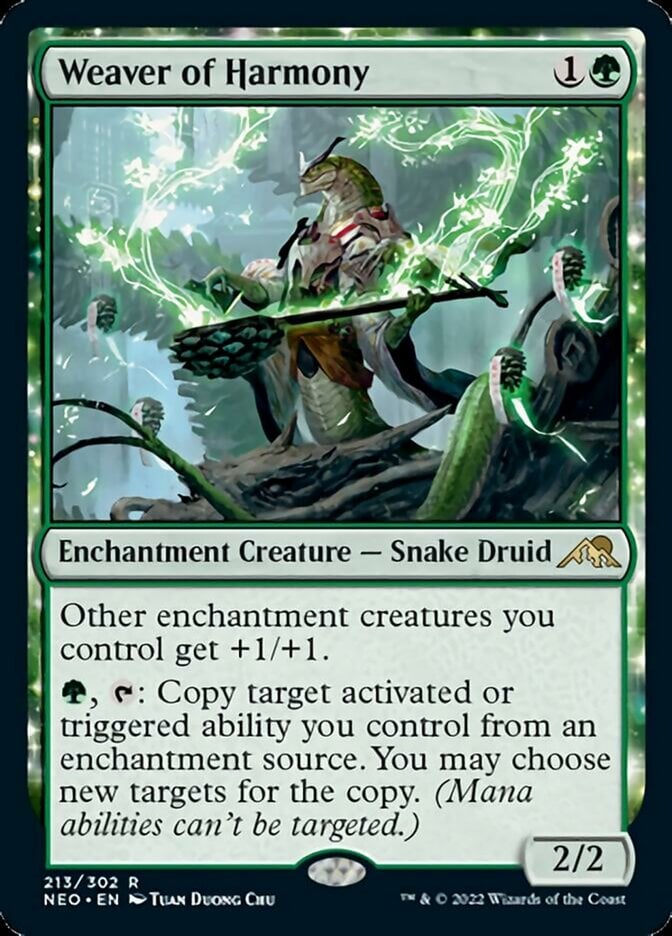
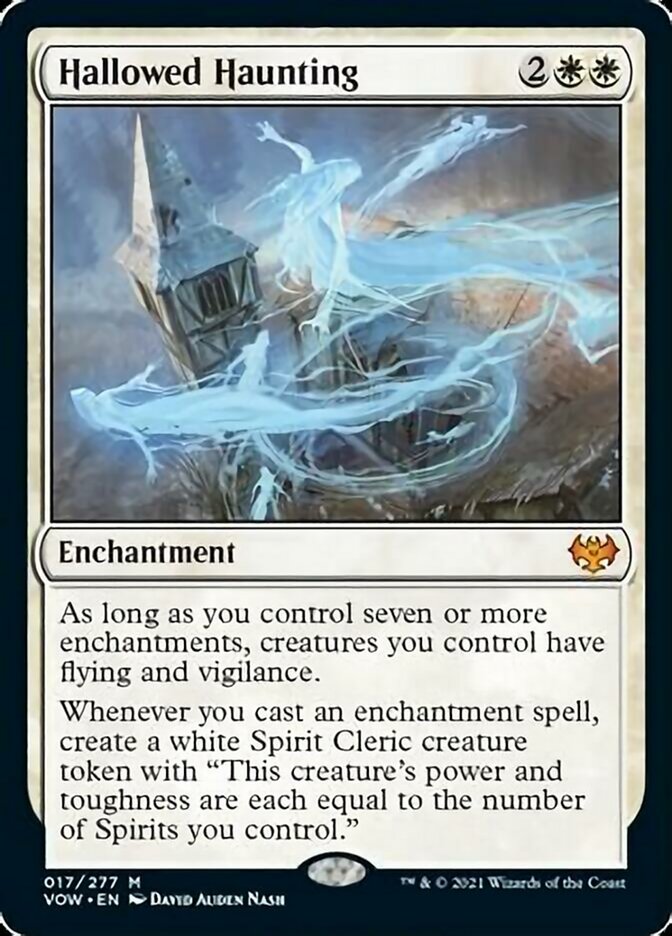
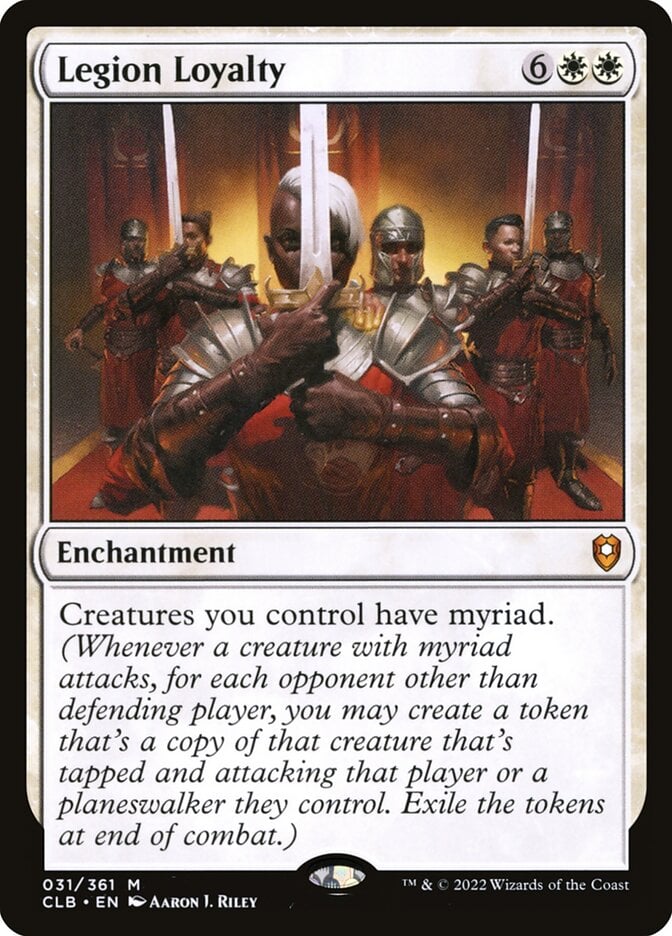
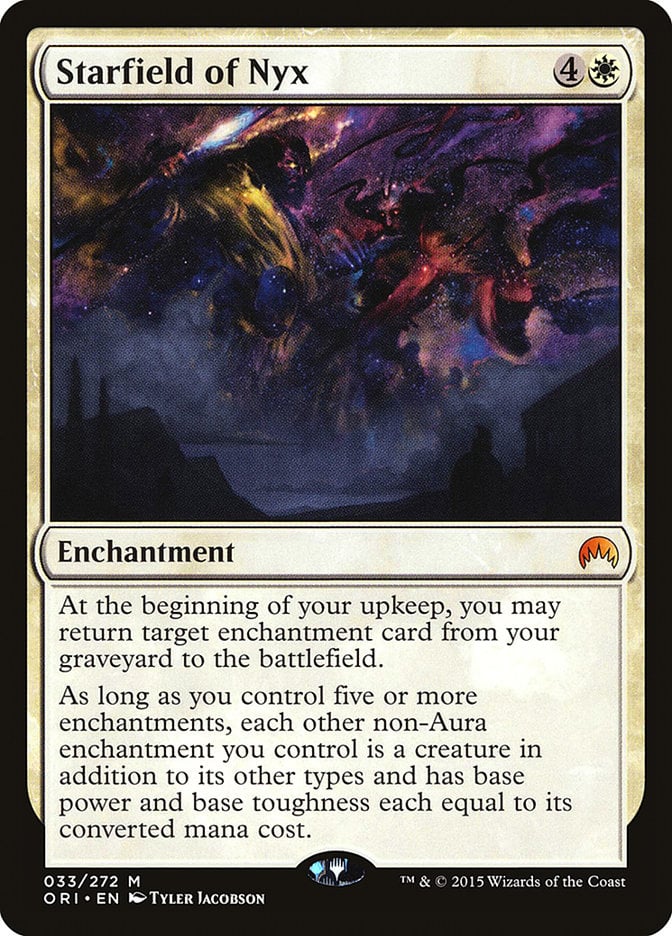
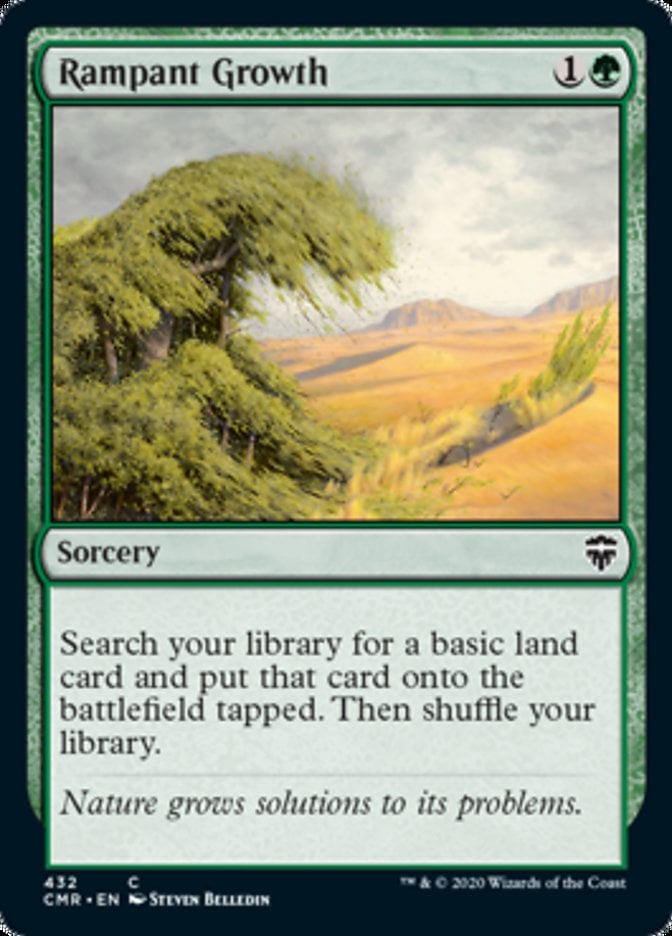


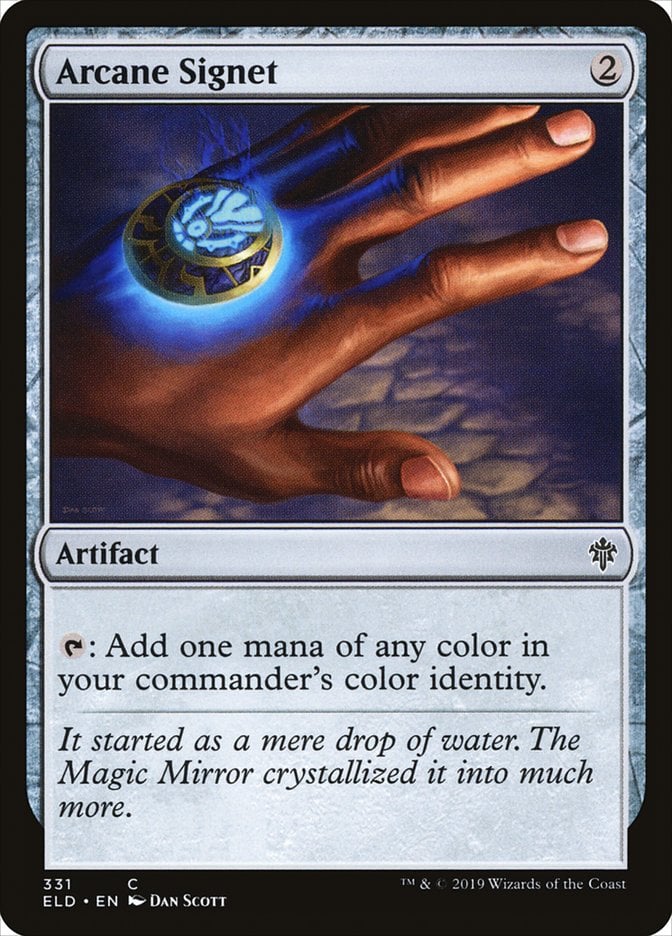
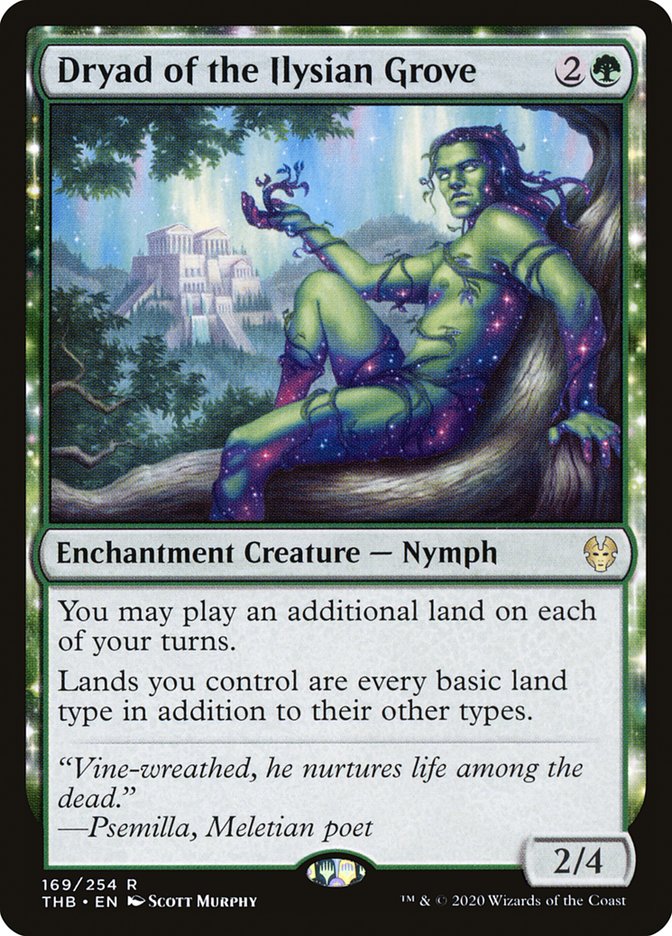
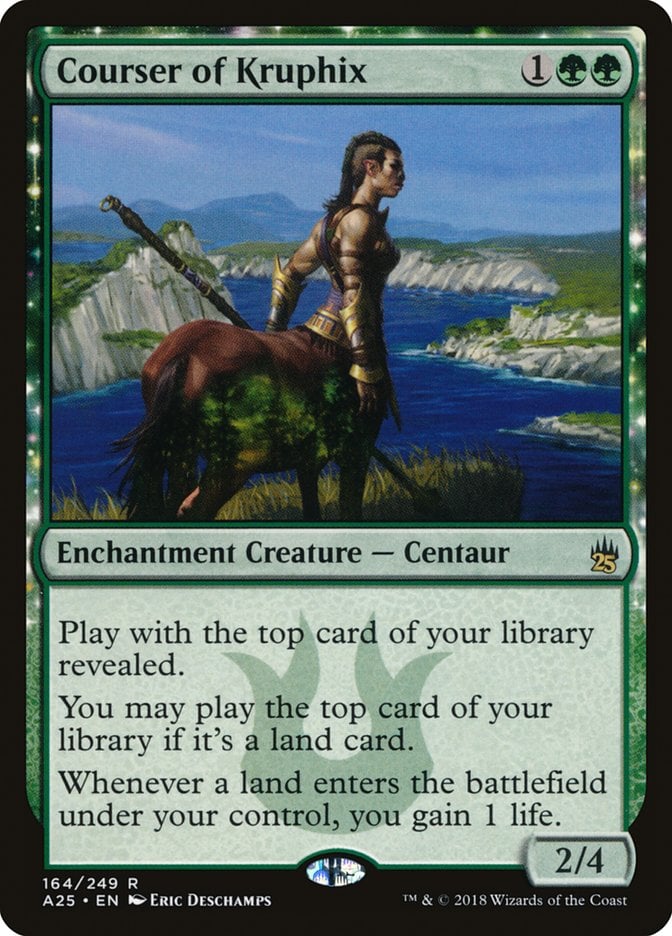


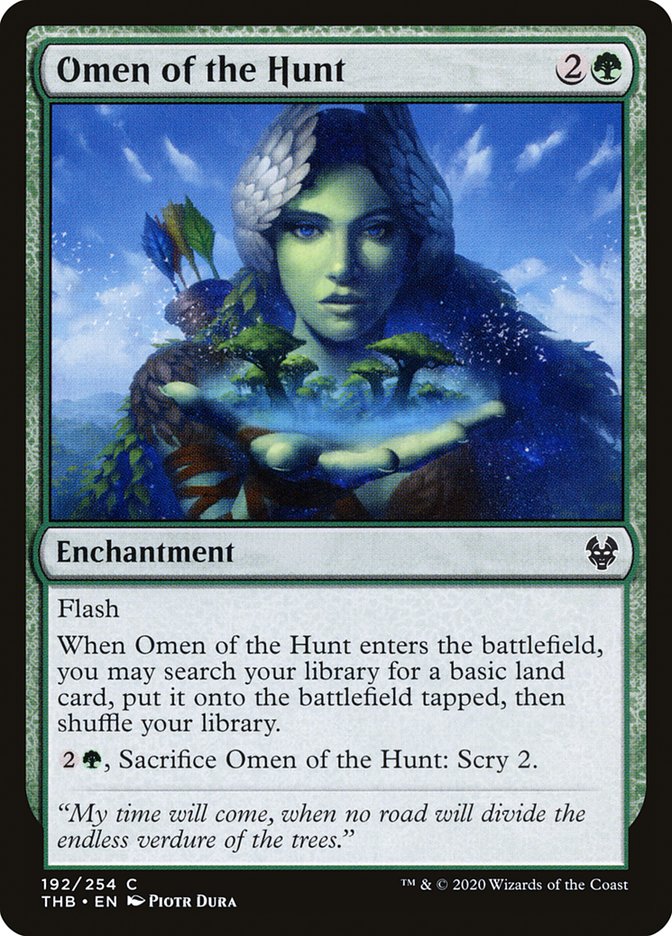
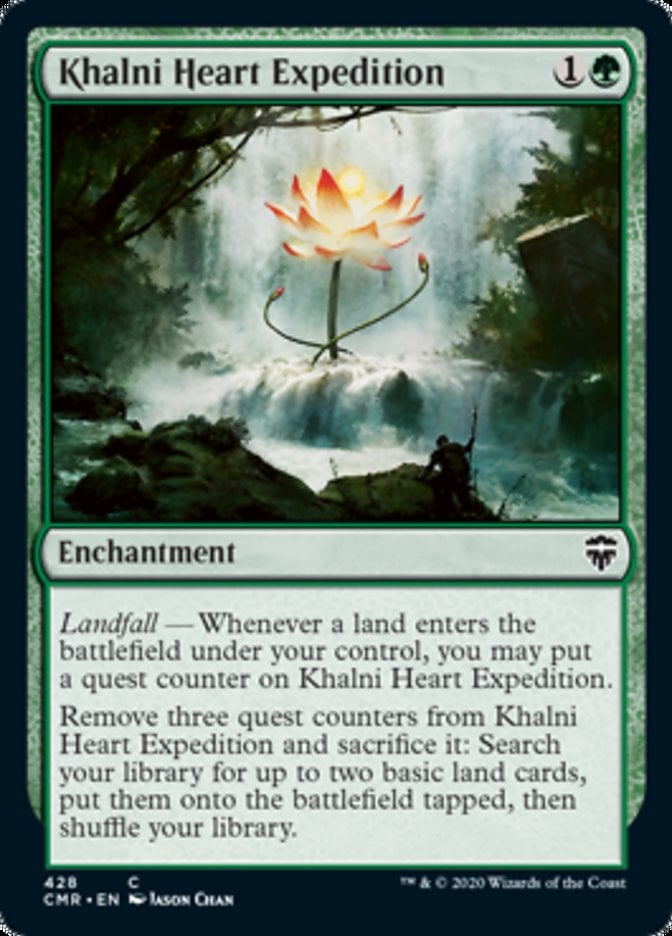

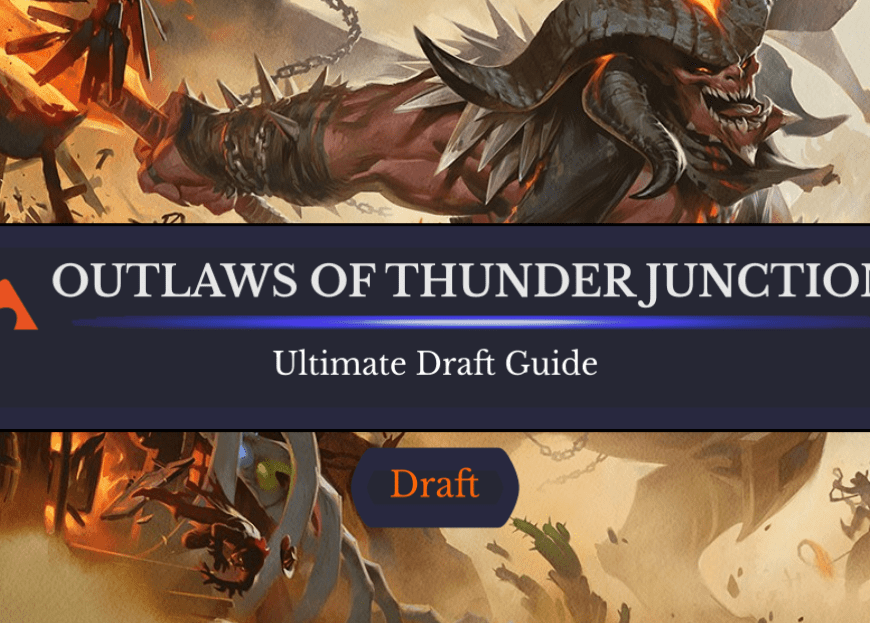
Add Comment